This oil is often used to inhibit bacterial, microbial and viral infections, while also killing insects, protecting
wounds from becoming septic, promoting absorption of nutrients, speeding up the healing rate of scars
and after marks. Finally, it can cure coughs and colds, and it stimulates systemic functions and appropriate
discharges.
Tea Tree Essential Oil: A Comprehensive Guide
Overview
Tea tree essential oil, derived from the leaves of the Melaleuca alternifolia tree, is celebrated for its potent antimicrobial, antiseptic, and anti-inflammatory properties. Indigenous to Australia, tea tree oil has been used for centuries in traditional medicine for its wide array of therapeutic benefits. Its fresh, medicinal scent and versatility make it a staple in natural health and wellness, especially for skin care and respiratory support.
Benefits of Tea Tree Essential Oil
1. Antimicrobial and Antiseptic: Tea tree oil is renowned for its ability to combat bacteria, viruses, and fungi, making it effective for treating infections and purifying the environment.
2. Skin Health: It can help alleviate acne, reduce inflammation, and promote healing in various skin conditions, including eczema and psoriasis.
3. Respiratory Support: The oil can help relieve symptoms of colds and allergies by clearing the airways and providing soothing relief to the respiratory system.
4. Insect Repellent: Tea tree oil is known for its ability to repel insects, making it useful for outdoor activities and natural pest control.
5. Mood Enhancement: Its refreshing aroma can help reduce stress and improve overall mood, promoting a sense of well-being.
Methods to Use Tea Tree Essential Oil
1. Diffusion
How to Use: Add 5-8 drops of tea tree essential oil to a diffuser filled with water. Turn on the device to disperse the invigorating aroma throughout your space.
Benefits: Diffusing tea tree oil purifies the air, reduces airborne pathogens, and creates a fresh environment, making it ideal for homes, offices, or yoga studios.
2. Massage
How to Use: Dilute tea tree essential oil with a carrier oil (such as coconut, jojoba, or sweet almond oil) at a ratio of 3-5 drops of tea tree oil per tablespoon of carrier oil. Apply this blend to areas of tension or irritation.
Benefits: This method not only helps relieve muscle tension but also promotes skin health and provides a calming sensory experience.
3. Sauna
How to Use: Add a few drops of tea tree essential oil to a bowl of water and place it in the sauna, or mix it with a carrier oil and apply it to your skin before entering.
Benefits: The heat enhances the oil’s therapeutic properties, promoting relaxation, detoxification, and respiratory relief through steam inhalation.
4. Steam Inhalation
How to Use: Fill a bowl with hot water, add 2-3 drops of tea tree essential oil, and lean over the bowl with a towel draped over your head. Inhale deeply for 5-10 minutes.
Benefits: This method can help clear nasal passages, alleviate respiratory issues, and provide a refreshing burst of energy through the invigorating scent.
5. Inhalation
How to Use: Open the bottle of tea tree essential oil and take a few deep breaths, or place a couple of drops on a cotton ball and inhale as needed.
Benefits: Direct inhalation provides an immediate sense of clarity, boosts mood, and can reduce feelings of stress or fatigue, making it an excellent choice for quick revitalization.
Conclusion
Tea tree essential oil is a powerful and versatile oil that offers numerous benefits for both the mind and body. Whether you choose to diffuse it, use it in a therapeutic massage, or enjoy its refreshing aroma through steam inhalation, tea tree oil can enhance your overall wellness. Incorporate tea tree essential oil into your daily routine to experience its purifying properties and promote a sense of balance and vitality in your life.

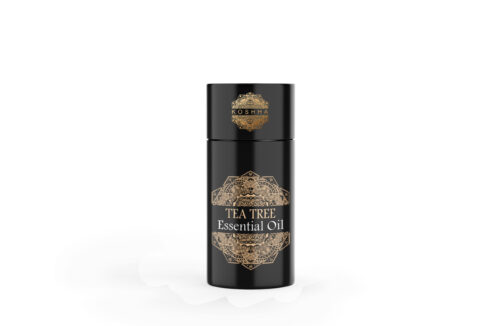

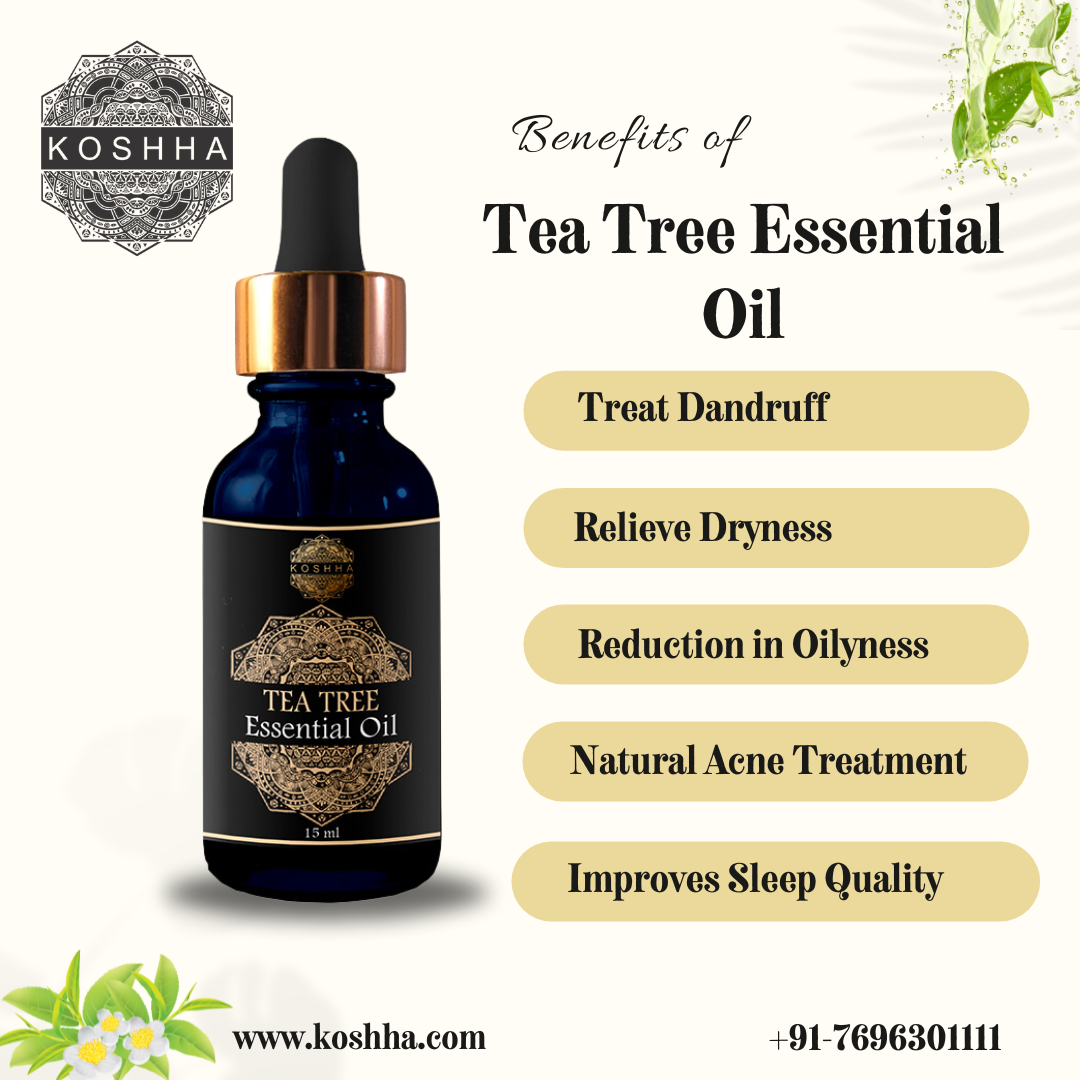
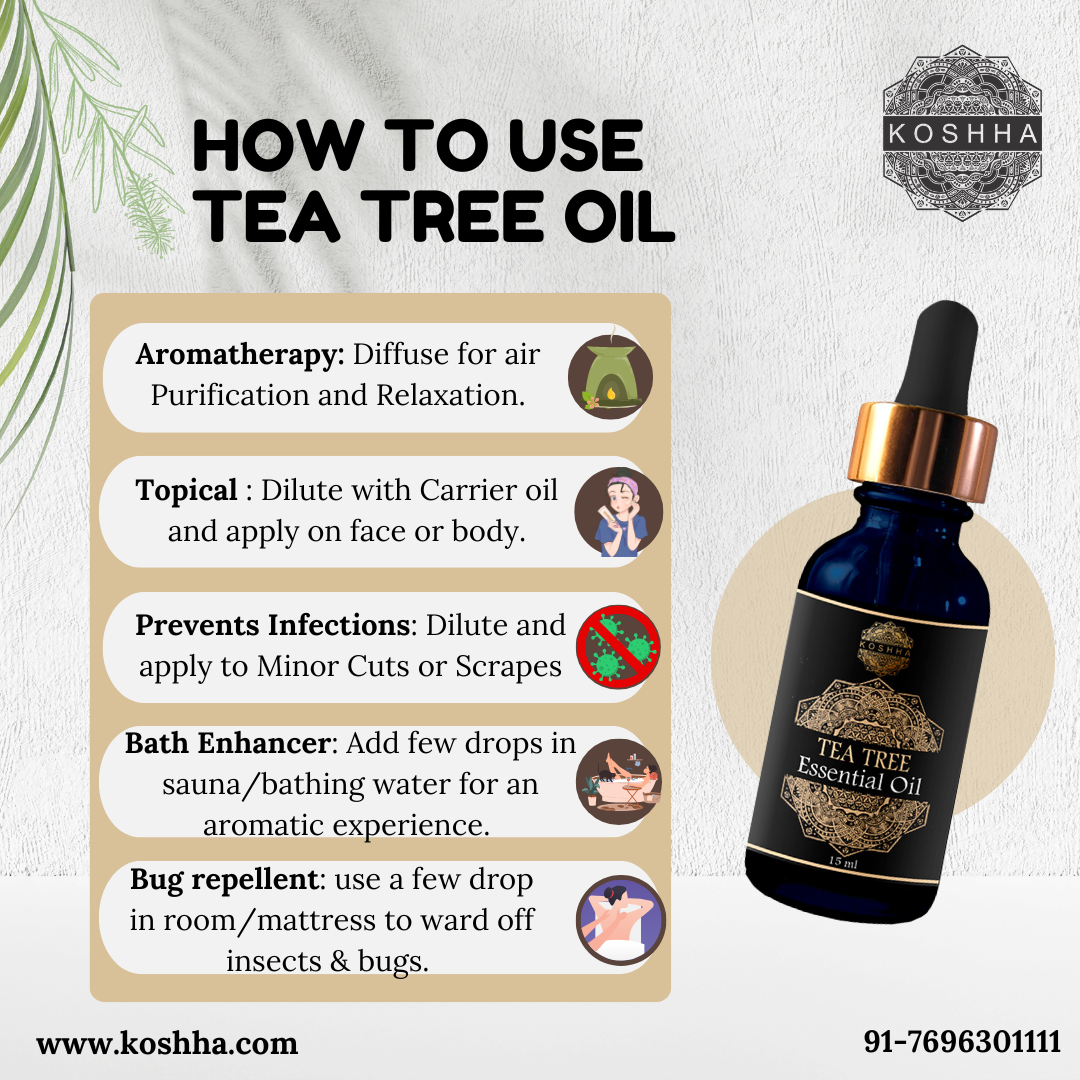

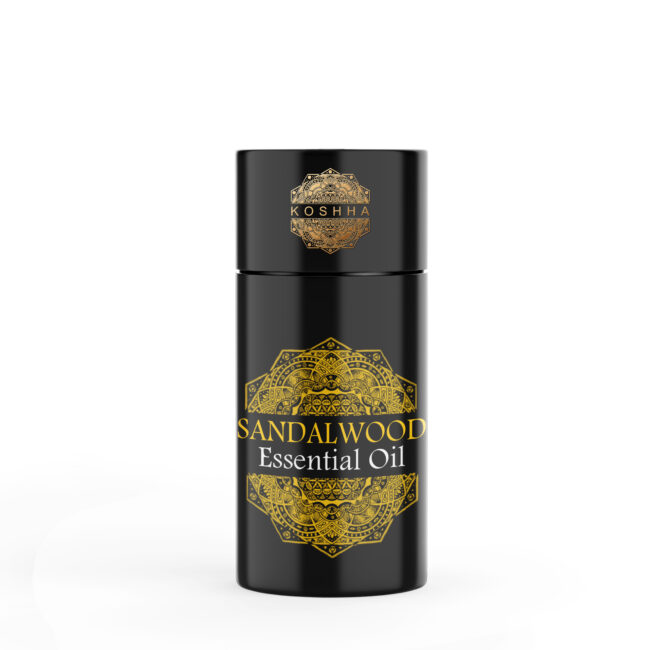
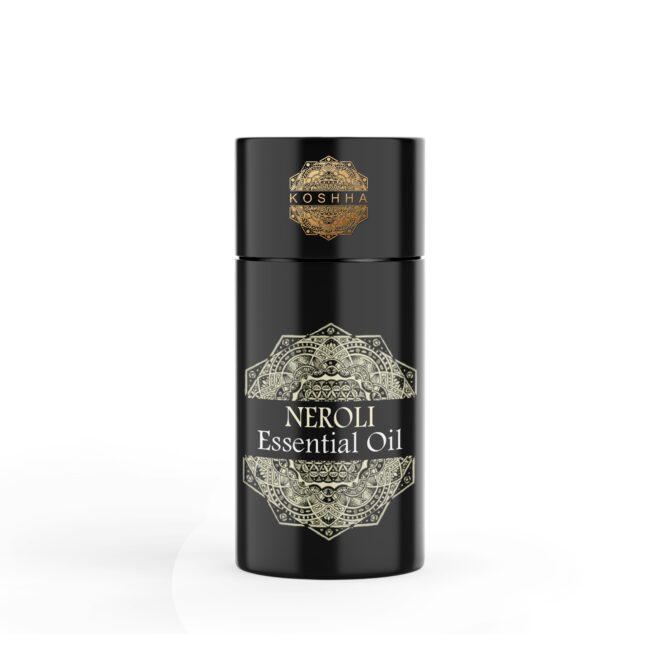

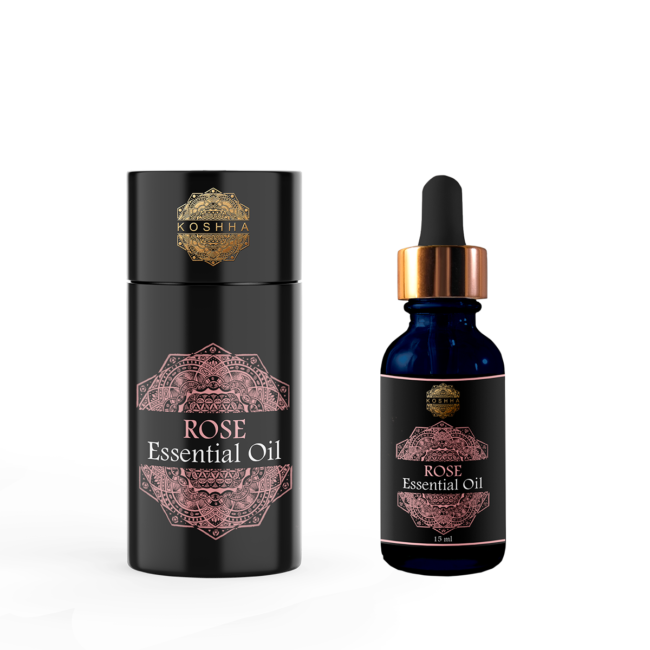
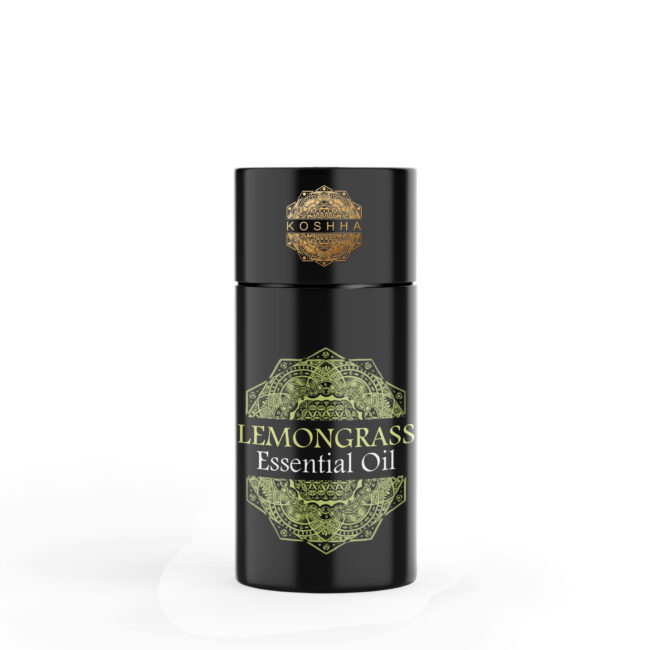
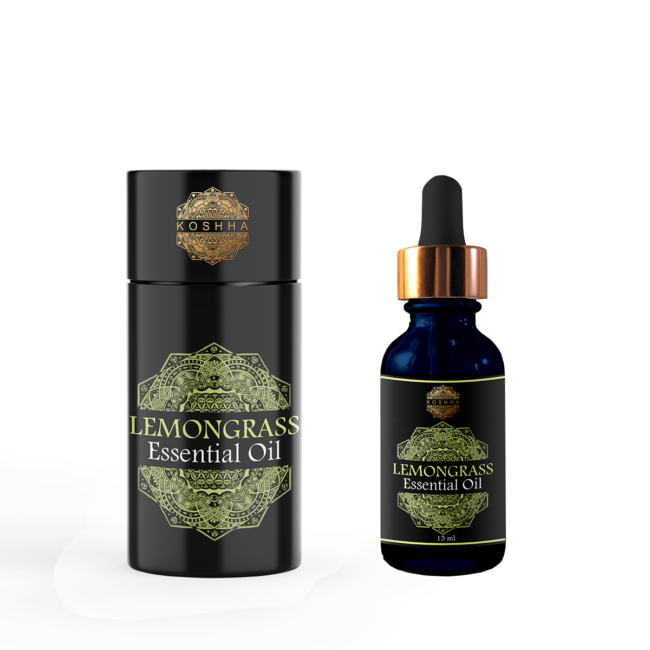
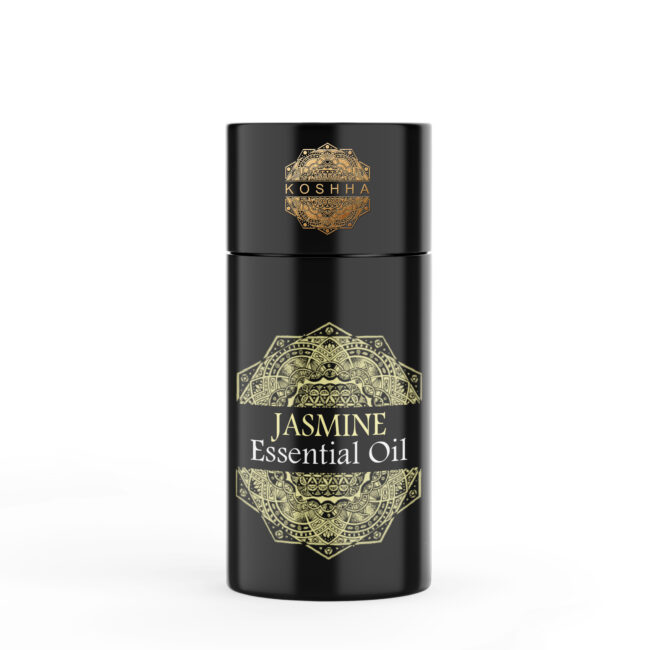
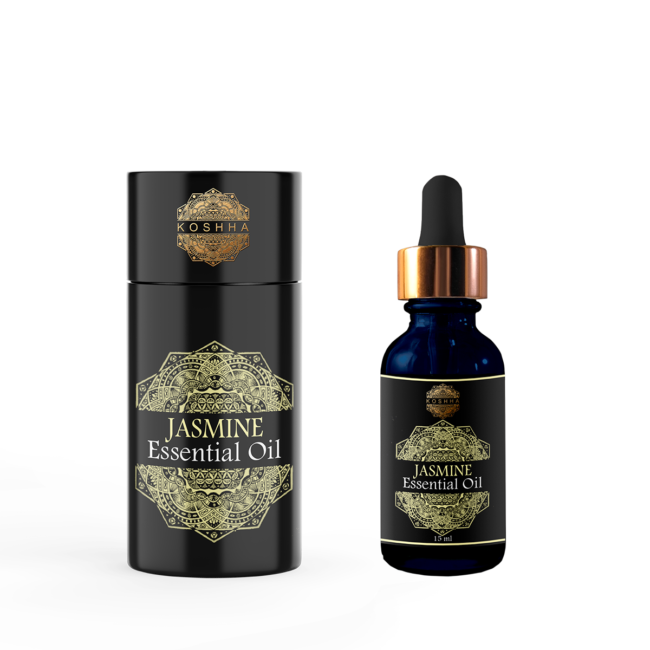
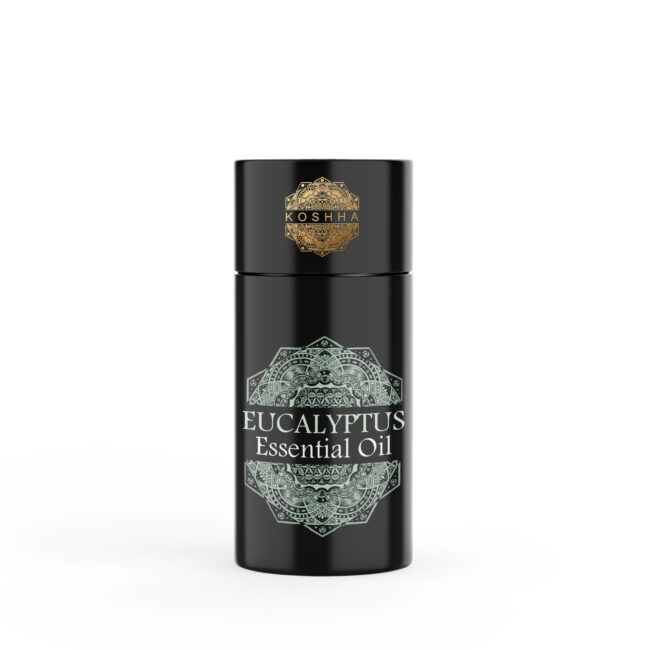



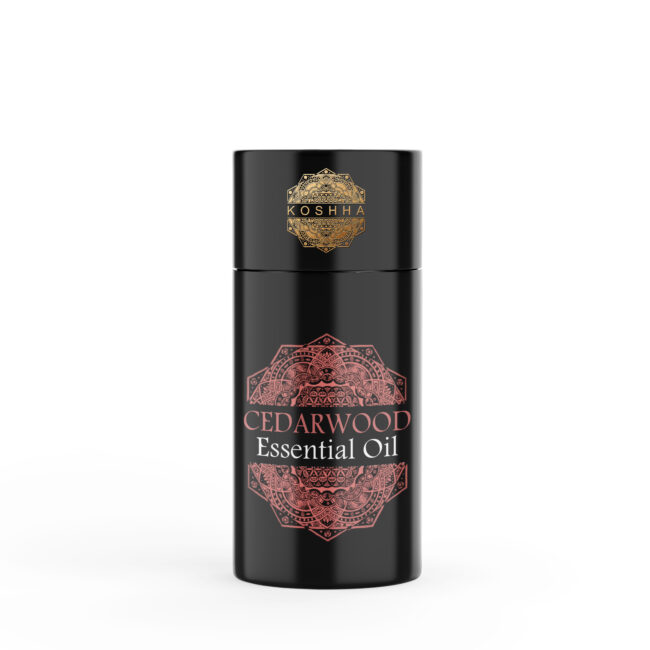

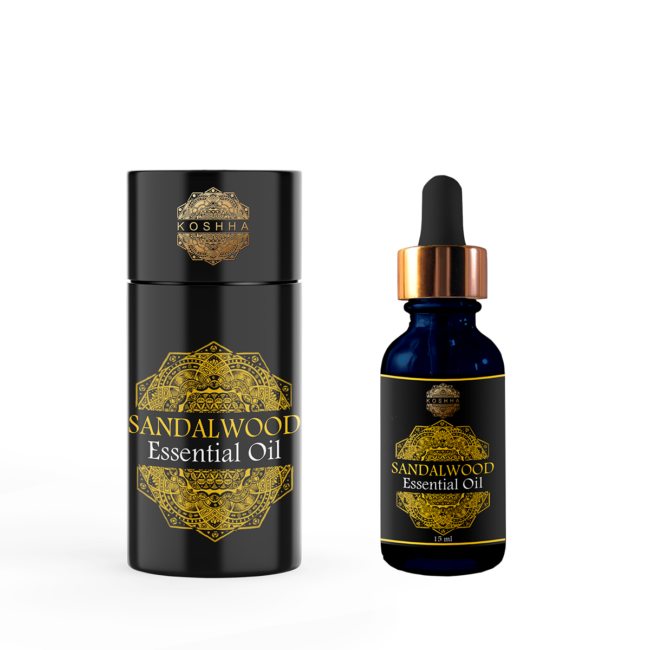
Reviews
There are no reviews yet.